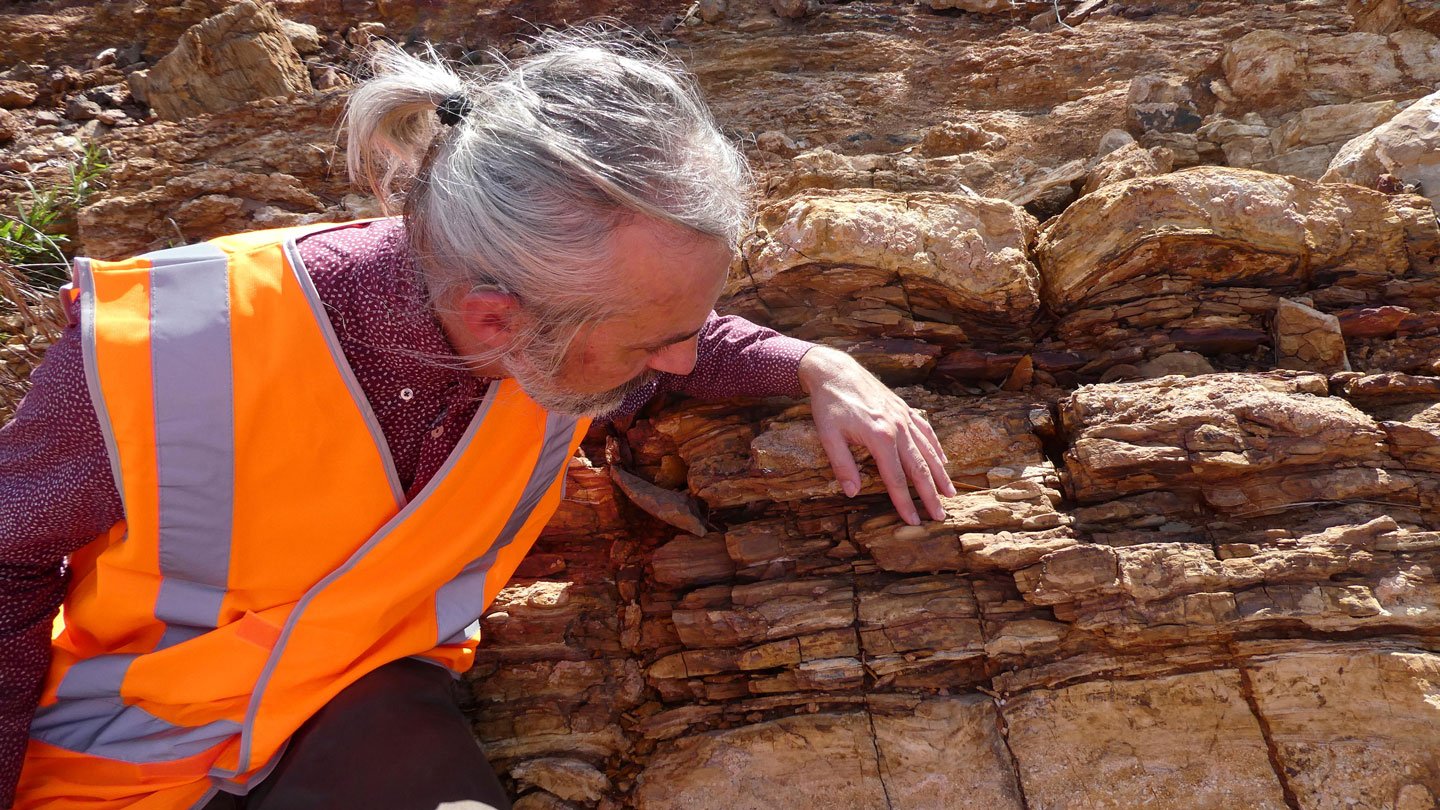Before 800 million years ago, there are few clear fossils of eukaryotes, which led scientists to hypothesise that bacteria dominated the ecosystem at that time.

A lost world of early eukaryotes that dominated aquatic ecosystems between at least 1.6 billion and 800 million years ago has been revealed by the discovery of molecular fossils in ancient sedimentary rocks.
The research, which was released on June 7 in Nature, was based on laboratory examinations of rock samples collected from all over the world that showed the presence of protosteroids, a class of primitive compounds.
According to the researchers, the majority of these molecules, which form during the steroid-making process, were probably produced by the first eukaryotes, which are relatively complex life forms that today include animals, plants, algae, and fungi.
Steroid molecules, such as cholesterol, are produced by almost all eukaryotes and are essential parts of cell membranes. Steroids are difficult to degrade, and molecular fossils of their remnants can be found in sedimentary rocks.
All eukaryotes share a common ancestor that lived between 1.2 billion and 1.8 billion years ago. However, the abundance, ecology, and habitats of those early microorganisms are largely unknown to scientists.
There have been discovered eukaryotic molecular and physical fossils dating to 800 million years ago. However, as time goes on, their physical fossils become rare and the molecular remains of the steroids are impossible to find.
Before the researchers discovered a way to replicate those molecular footprints in the lab, it was unclear what protosteroids would look like or if they could even be detected. The existence of protosteroids had been predicted.
According to biologist Laura Katz, a biologist at Smith College in Northampton, Massachusetts, who was not involved with the new research, “this study explains why we don’t see footprints of these guys in the rocks, as researchers were looking for the wrong thing.” It completes a gap in the fossil records.
Before 800 million years ago, there are few clear fossils of eukaryotes, which led scientists to hypothesise that bacteria dominated the ecosystem at that time. Alternately, it’s possible that early eukaryotes were too weak or insufficiently numerous to leave behind steroid remnants.
Some researchers proposed a different theory: What if an intermediate molecule in the chemical process that results in modern steroids was actually the process’s output in the earliest eukaryotes? Konrad Bloch, a biochemist who won the 1964 Nobel Prize in physiology or medicine for figuring out how cholesterol is made, had put forth this theory.
Geochemist Jochen Brocks and colleagues from the Australian National University in Canberra artificially matured molecules such as lanosterol and cycloartenol produced in the initial stages of steroid biosynthesis to test this.
That demonstrated what the molecular fossils of the compounds would resemble. The scientists then searched for these fossils in oils and bitumens that resembled tar that had been extracted from ancient rocks all over the world.
The samples, which ranged from deep to relatively shallow water environments, contained an abundance of the protosteroids, which the researchers discovered. In Australia’s Barney Creek Formation, which dates to 1.6 billion years ago, was found the oldest sample.
Why didn’t our highly skilled eukaryotic ancestors take over the world’s prehistoric waterways is one of the great mysteries of early evolution. Where did they slink off to? states geobiologist Benjamin Nettersheim of the University of Bremen in Germany. We demonstrate that the protosteroid-producing microorganisms were present in large numbers in the world’s prehistoric oceans and lakes despite being hidden from view.
While the majority of bacteria produce hopanoids, a different type of molecule, some bacteria also possess the chemical machinery needed to initiate the production of protosteroid.
However, these bacteria can be found in specific environments like hydrothermal vents and methane seeps. Additionally, the absence of their molecular traces in sediments older than 800 million years has led scientists to believe that eukaryotes predominated in the early ecosystems.
According to MIT geobiologist Roger Summons, who wasn’t involved in the study, Konrad Bloch would have been overjoyed to see this. His assertion that cholesterol’s biosynthetic precursors reveal the evolution of ancient life has been elegantly supported by this paper. Bloch passed away in 2000.
The researchers speculate that because producing these steroid precursors requires less oxygen and energy, the early eukaryotes may have had an advantage in surviving in the harsh low oxygen conditions of the early Earth (SN: 10/30/15).
According to evolutionary biologist Yosuke Hoshino of the GFZ German Research Centre for Geosciences in Potsdam, who was not involved in the study, “if true, [this study] suggests that we may be able to examine the stepwise evolution of eukaryotes at [an] unprecedented level of detail. Biologists have always wished for an opportunity like this to comprehend the evolution of complex life.”